Aquarium water?
16 years ago
Related Stories
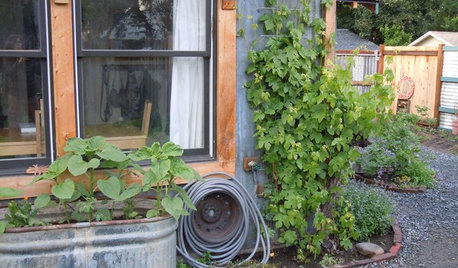
GARDENING GUIDESEdible Gardening Essentials: Tips for Traditional Hand Watering
Save the expense and hassle of a complicated garden system with a simple watering can or inexpensive hose add-ons
Full Story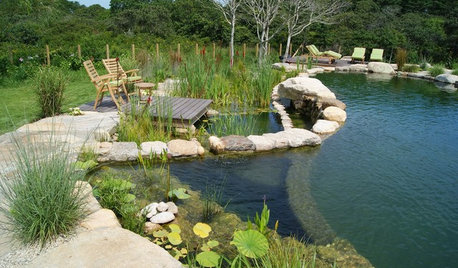
LANDSCAPE DESIGNSecrets of a Successful Water Garden
Relax. Having a water garden is much easier once you understand the basics
Full Story
HEALTHY HOMEHow to Keep Water Vapor From Ruining Your House and Your Health
We help you find out when it’s happening, what it means and how to fix it
Full Story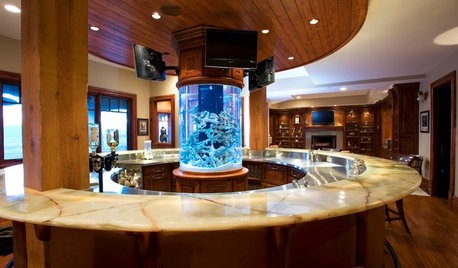
DECORATING GUIDESDesigning Nemo: 30 Fish Tanks Make a Decorative Splash
Bring an otherworldly glow and a calming vibe to your home with the living art of an aquarium
Full Story
GREEN BUILDINGHouzz Tour: Going Completely Off the Grid in Nova Scotia
Powered by sunshine and built with salvaged materials, this Canadian home is an experiment for green building practices
Full Story
HOUSEPLANTSBaby Tears Mimics Moss for a Green Accent Indoors
This adaptable spreader thrives in water or soil, making it a terrific addition to containers and living walls
Full Story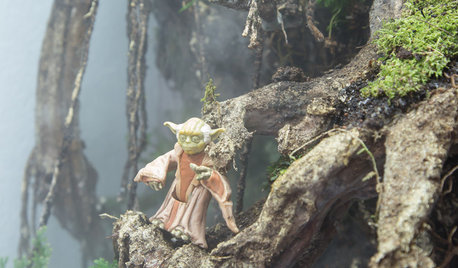
FUN HOUZZThe Force Awakens Under Glass
An Australian terrarium designer places classic ‘Star Wars’ characters in misty miniature landscapes
Full Story
GARDENING AND LANDSCAPINGHow to Make a Pond
You can make an outdoor fish paradise of your own, for less than you might think. But you'll need this expert design wisdom
Full Story
GARDENING FOR BUTTERFLIESBe a Butterfly Savior — Garden for the Monarchs
Keep hope, beauty and kindness alive in the landscape by providing a refuge for these threatened enchanters
Full Story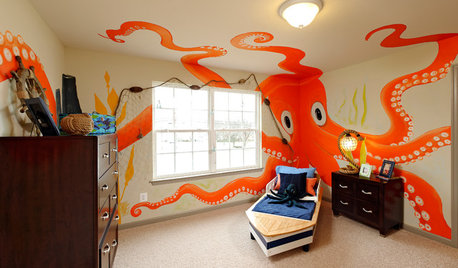
FUN HOUZZIn Honor of Inky’s Daring Escape: Octopuses Around the House
The slippery New Zealand sea creature has the internet abuzz, but an octopus as a conversation starter is nothing new to designers
Full Story








careyj
queuetueOriginal Author
Related Professionals
Hyattsville Landscape Architects & Landscape Designers · Davis Landscape Contractors · Del Aire Landscape Contractors · Galt Landscape Contractors · Little Ferry Landscape Contractors · Munster Landscape Contractors · Pompton Lakes Landscape Contractors · Rockland Landscape Contractors · Tehachapi Landscape Contractors · Wareham Landscape Contractors · Quartz Hill Landscape Contractors · Fishers Decks, Patios & Outdoor Enclosures · Franconia Decks, Patios & Outdoor Enclosures · Lewisville Decks, Patios & Outdoor Enclosures · Wheaton Decks, Patios & Outdoor Enclosuresjoepyeweed
jamie_mt
greengardener07
jamie_mt
greengardener07
blutarski
jamie_mt
david52 Zone 6
annpat
david52 Zone 6
bpgreen
david52 Zone 6
dchall_san_antonio
jamie_mt
jmsimpson9
annpat
west9491
queuetueOriginal Author
queuetueOriginal Author
jmsimpson9
west9491
joefisherman